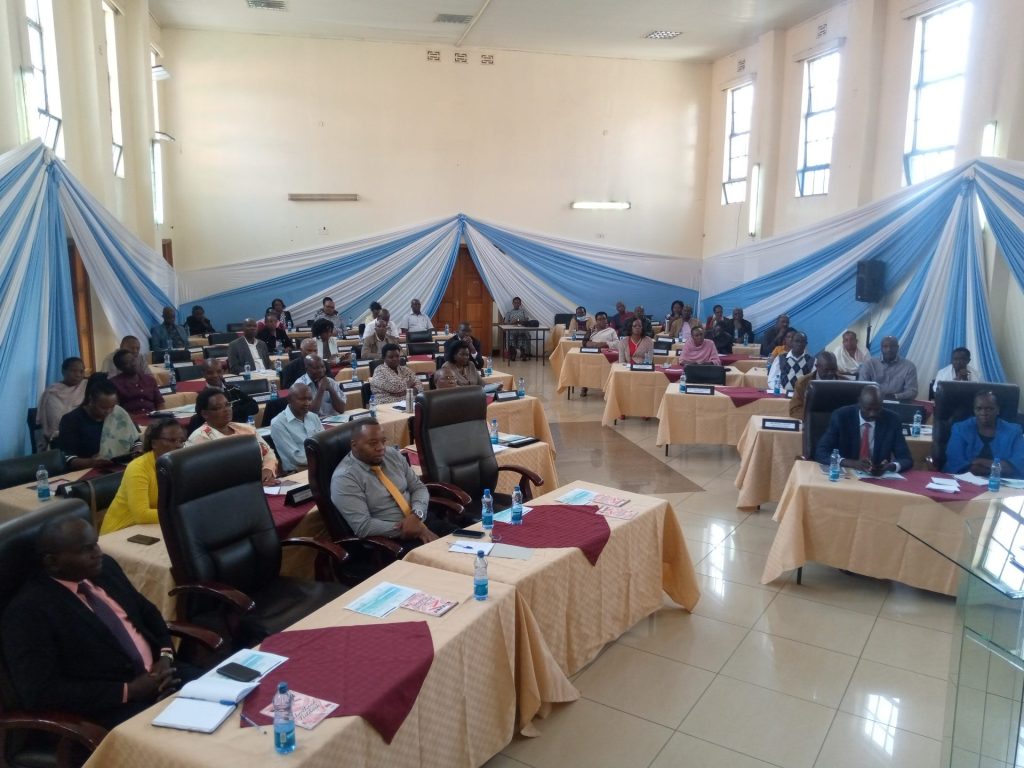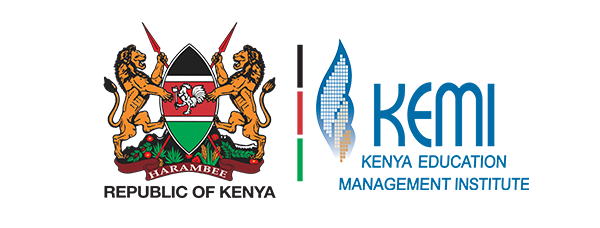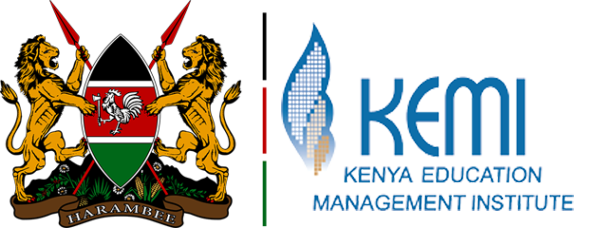Mode of Learning -Online
Learning Duration:8 weeks (120hrs)
Application: Ongoing
Payment Details: To cover tuition and training materials only.
Fee Structure
Application Fee– Kes 1,000
Tuition and Training Fees– Kes 4,500

COURSE OVERVIEW
This course is designed to equip participants with hands-on, industry-relevant skills in troubleshooting, maintaining, and managing modern IT systems and infrastructure. This course covers core competencies in hardware and software support, operating systems (Windows, Linux, macOS), networking fundamentals, cybersecurity basics, and customer service for IT professionals. Through practical labs, real – world simulations and guided projects, participants will develop the technical proficiency and problem-solving mindset required to succeed as entry-level to mid-level IT support technicians in corporate, educational, or service-based environments.
WHO SHOULD ATTEND?
- Aspiring IT professionals seeking entry into the tech support field
- Recent college graduates pursuing a career in IT
- Helpdesk staff and junior technicians looking to formalize their skills
- School or university ICT support staff
- Small business owners managing their own IT systems
- Career changers transitioning into the technology sector
- Interns and volunteers supporting IT operations in NGOs or public institutions
HOW PARTICIPANTS WILL BENEFIT
By the end of this course, participants should be able to:
- Install, configure, and troubleshoot desktop and laptop hardware components and peripherals
- Maintain multiple operating systems including Windows 10/11, Ubuntu Linux, and macOS fundamentals
- Configure wired and wireless network connections, including TCP/IP, DNS, DHCP, and basic router/firewall settings
- Implement essential cybersecurity practices such as user account management, malware protection, data encryption, and secure browsing
- Provide professional and efficient technical support using ITIL-aligned service desk principles
- Manage user accounts, file systems, permissions, and backups in both local and cloud environments
- Utilize remote support tools and ticketing systems to document and resolve user issues
- Apply systematic troubleshooting methodologies to isolate and resolve IT problems efficiently

